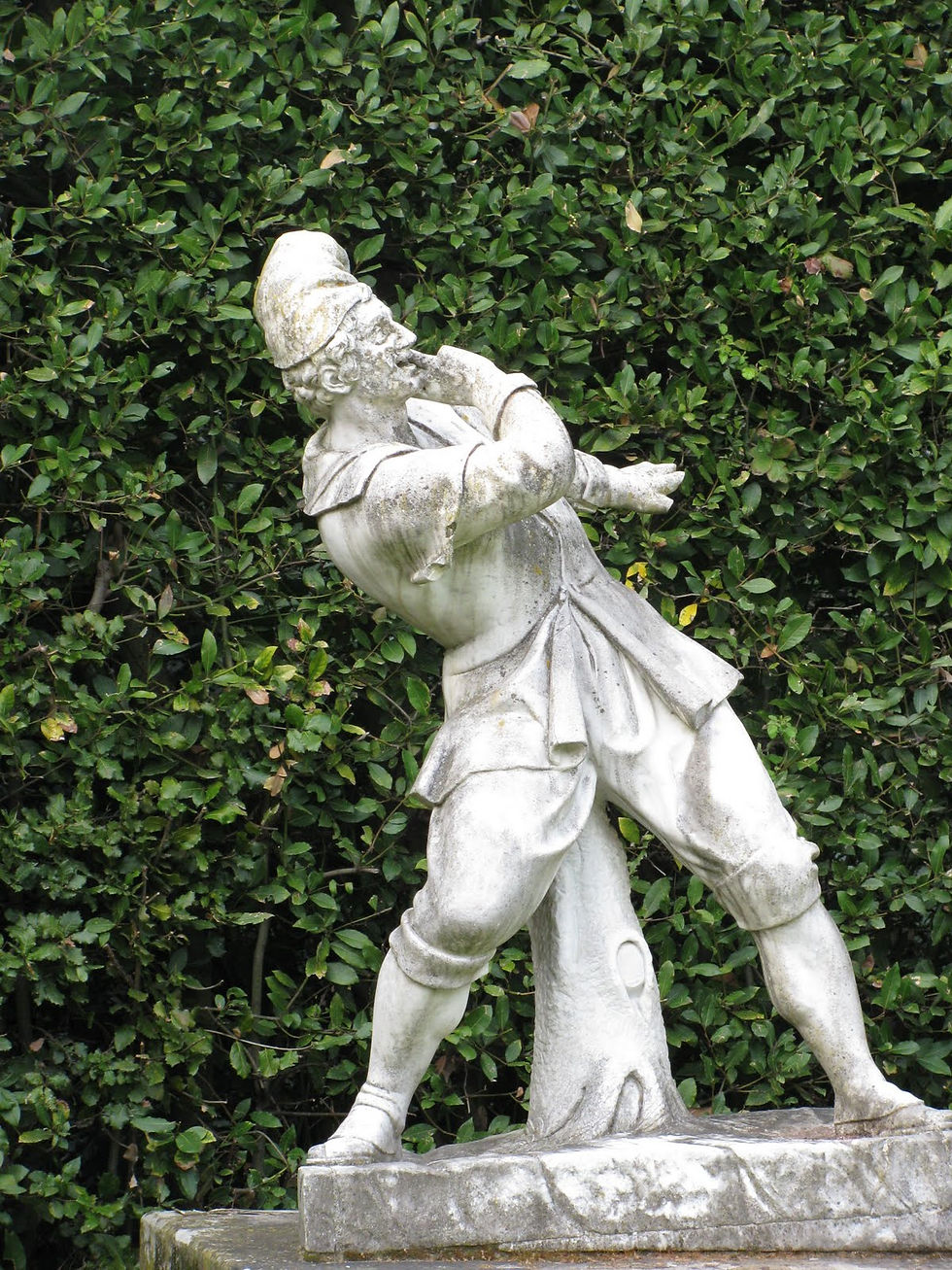The Boboli Gardens: Renaissance Relaxation
- unescoflorence
- Jun 2, 2019
- 3 min read

The Boboli gardens are directly behind the Palazzo Pitti and are sort-of the major park of the center of Florence, covering eleven acres of land. They are a great place for a leisurely stroll, offering fantastic sweeping views of the Florentine skyline from multiple points within the gardens. On a nice day you can see locals soaking up the sun on some of the various lawns and open spaces scattered throughout. In the fall you can run and jump in the leaves that have fallen from the surrounding trees. The gardens are a great place to come and relax, enjoy a bit of nature, and get away from all the stone and hustle of the city outside the Palazzo gates. The gardens extend from the Fort of the Belvedere and the adjacent Bardini Gardens to the north (in fact some of the garden walls are shared with the fort) and the Porta Romana (one of the old doors through the original city walls) on the south end.

The Boboli Gardens were designed in the year 1550 for Cosimo I’s wife and finished in the mid 18th century. They were used mainly as the back yard of the Medici family; however, Victor Emmanuel II took over the palace when Italy was united in the late 18th century. Upon entering the palazzo, you can see a great gesture of symbolism immediately to the left. The Medici’s designed the entrance into the park to be like a terrace that over looked most of Florence, but the center piece of the picture was the Duomo. The Medici’s had a huge hand in the pope’s wars and the battle for territory during the Renaissance, so it was appropriate to see the Church first before one strolls the lavish gardens. There is a spectator arena for chariot races as if the Romans lived in the Palace. This may seem confusing to most, but it was a common desire of the rich back in the Renaissance – the desire of recreating the glory of Rome’s splendor. This splendor is rampant throughout the Palazzo, but especially in the Garden. The statues that adorn the walls and the centerpiece fountains are all of Roman Gods and Goddesses; there is even an Egyptian obelisk that sits in the center of the first plateau of the garden.

They are formal, 16th-century gardens, which is a style that focuses on wide gravel avenues, long stretches of grass, greenery and statuary. In keeping with the Medici tradition of being patrons of the arts, the garden is home to a number of important statues and fountains that represent the height of 16th century sculpture. Directly behind the Palazzo, and heading up the hill, is the Fountain of Neptune (different from the one outside Palazzo Vecchio). Also, here is a small pond with a sculptured island in it, called Island Fountain, further down the axis of the gardens. There are a number of other sculptures and fountains to run into and discover. The Mostaccini fountain is particularly delightful, and the famous statue of a naked and fat Bacchus riding on a turtle is also here (just by the main exit of the gardens back into the courtyard of Palazzo Pitti).

Also of interest are the Medici grottoes, which are a sort of artificial cave decorated with face stalactites and artworks. There are two grottoes, both nearby the exit to the Palazzo Courtyard. The larger of the two, the Buontalenti Grotto, is down the same pathway as the Bacchus fountain. The other grotto, the Grotto of Madama, is a little bit more off the beaten path but maps of the gardens will locate it for you. Both grottoes were started by famous artist and art historian Giorgio Vasari. You cannot go inside the grottoes, but they are certainly worth a look as they are very different from anything else within the gardens.




Comments